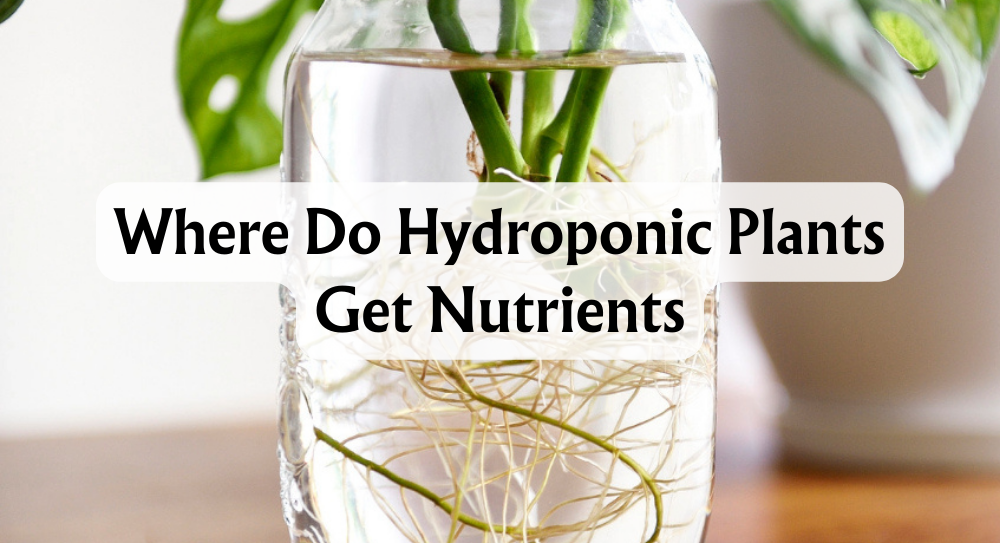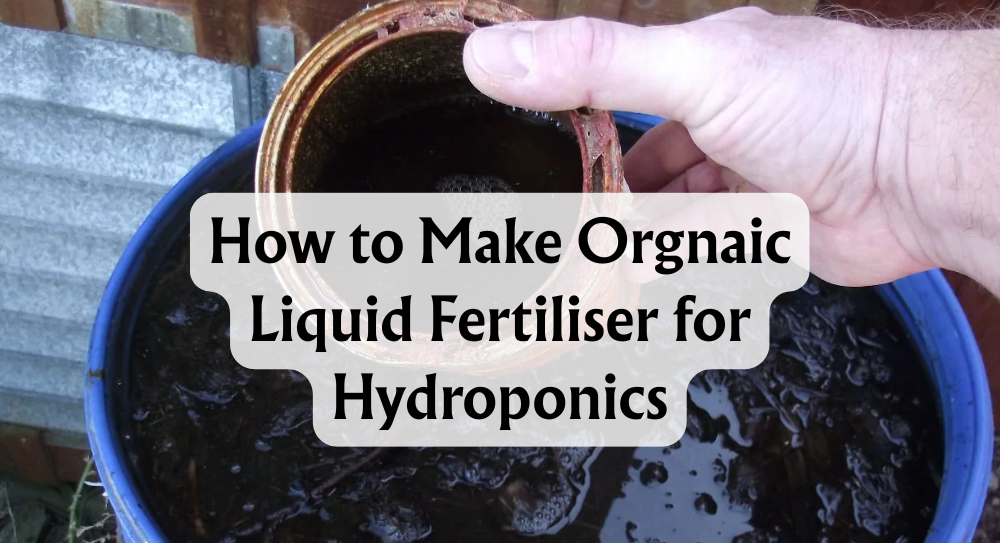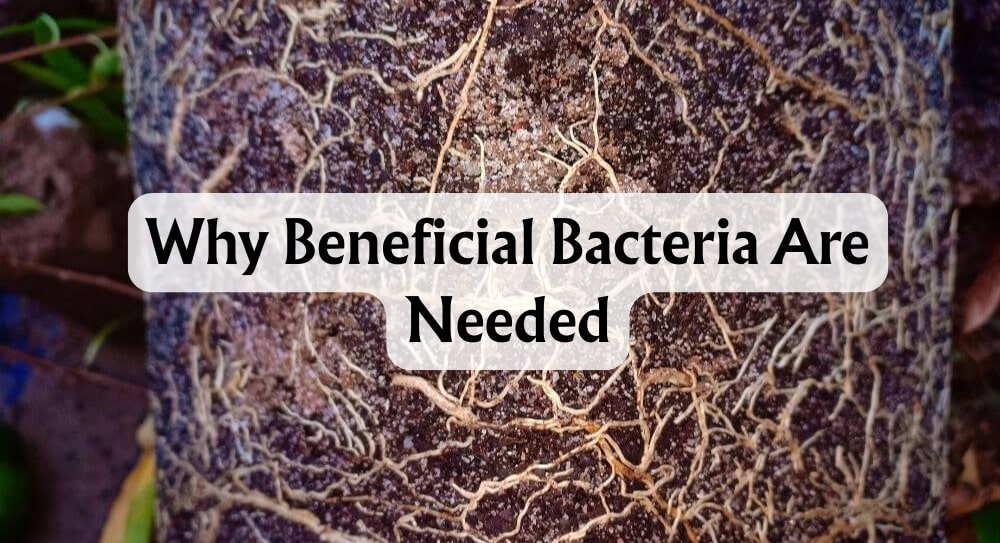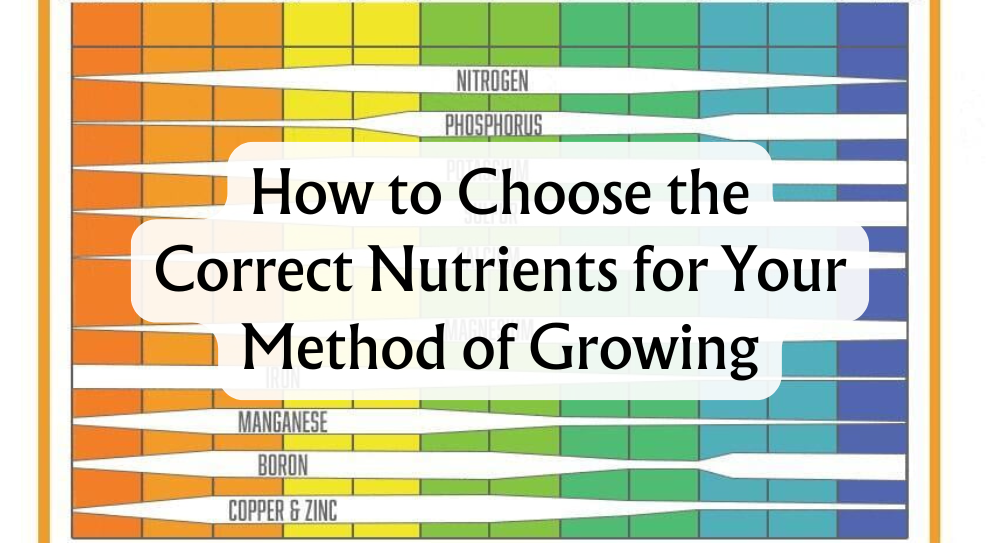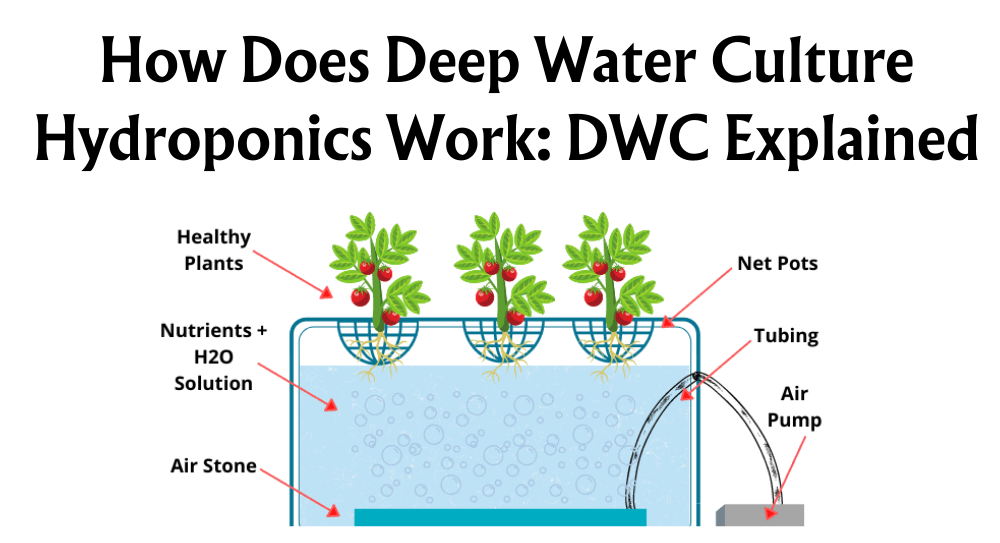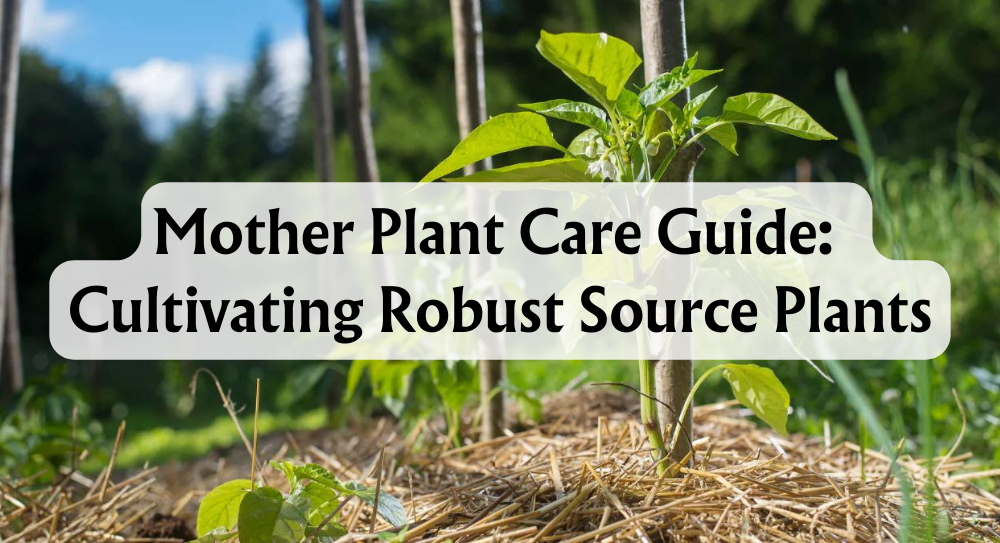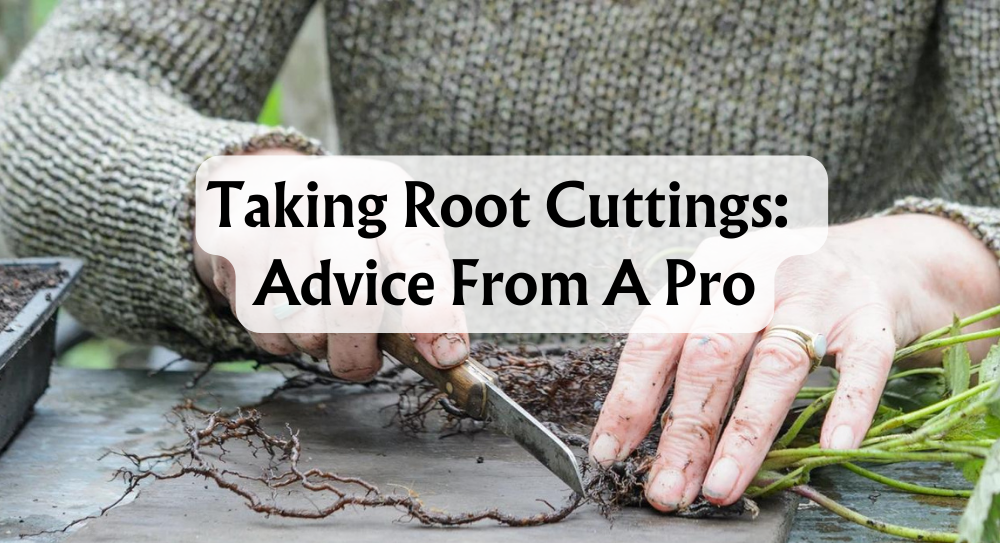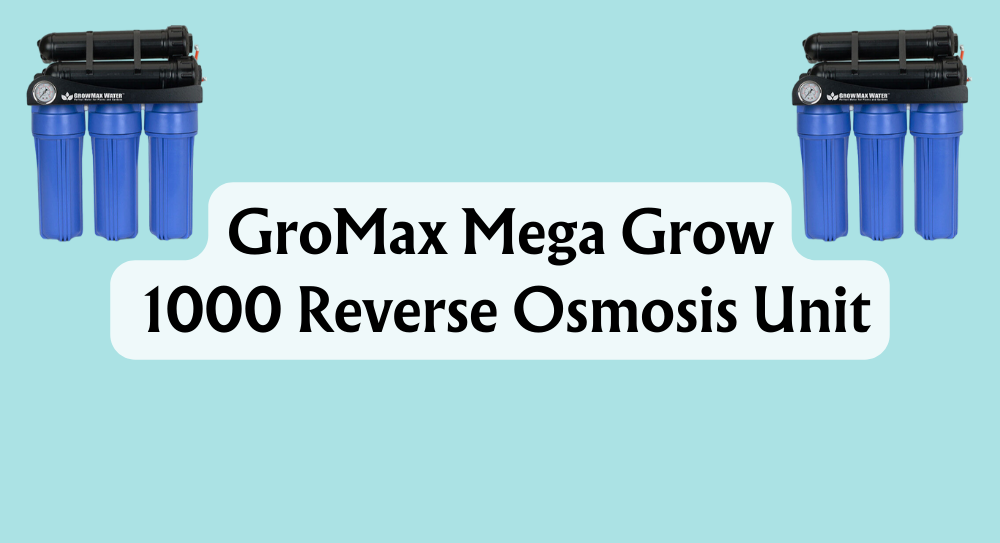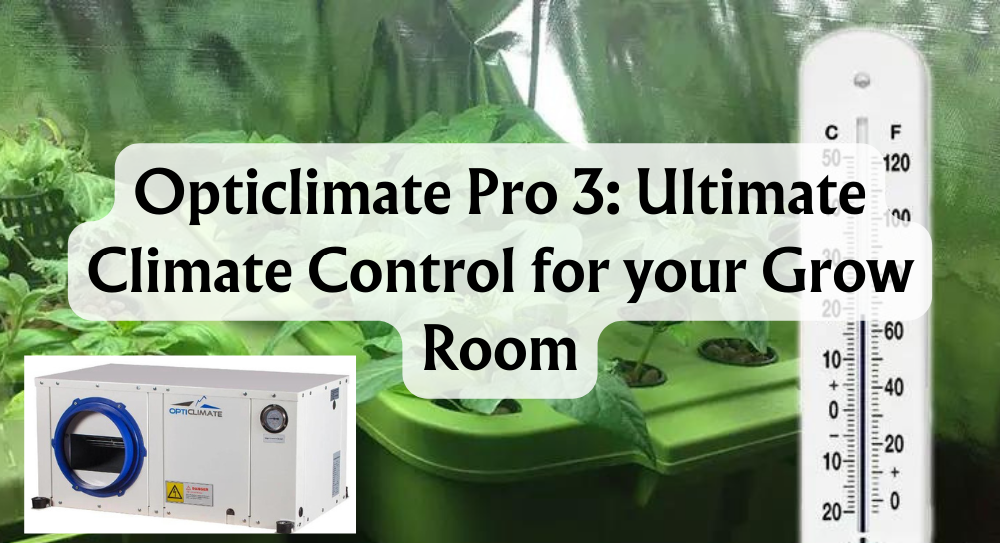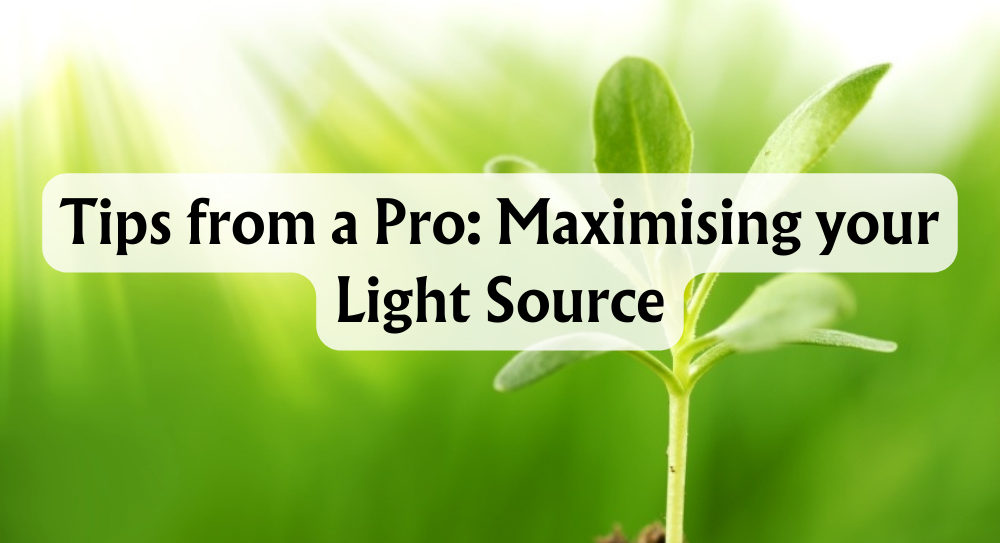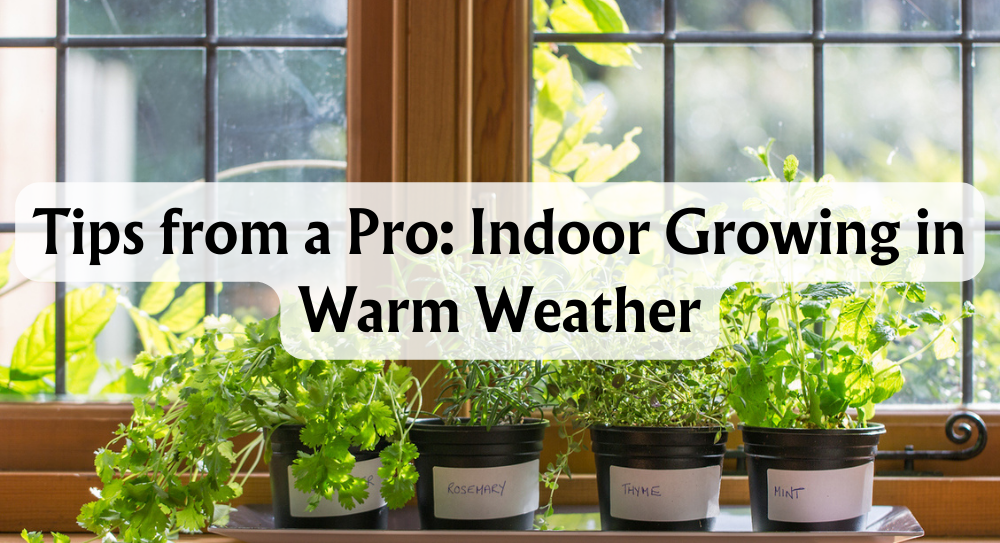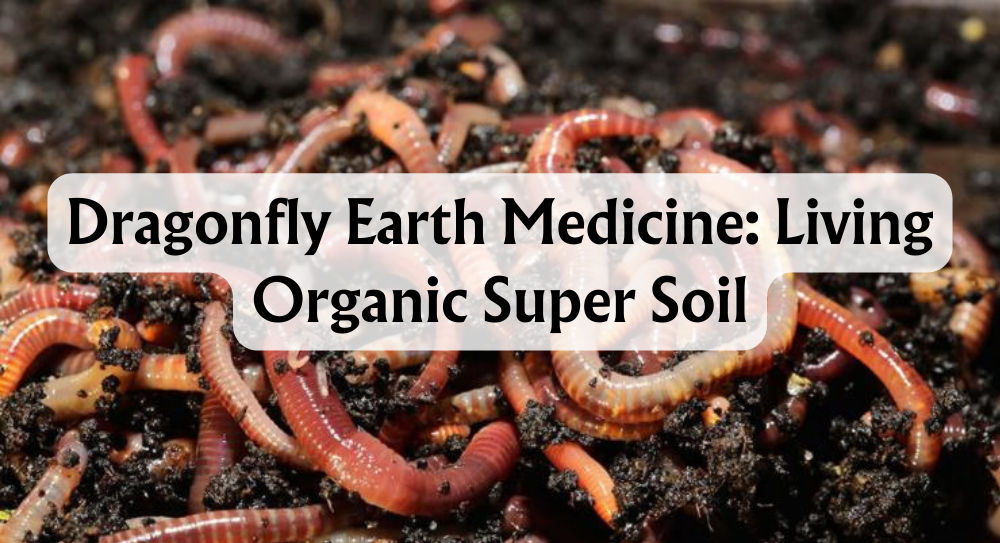Where Do Hydroponic Plants Get Nutrients
Hydroponic gardening is a fascinating form of cultivation that's quite different from traditional, soil-based techniques. Did you know that plants grown hydroponically can mature up to 25% faster and yield up to 30% more than those grown in soil? We've ditched the dirt and instead rely on a nutrient-rich water solution to feed the plant roots. This method is not only efficient but also uses up to 90% less water than conventional gardening. It’s pretty incredible how we can grow plants in hydroponics systems.
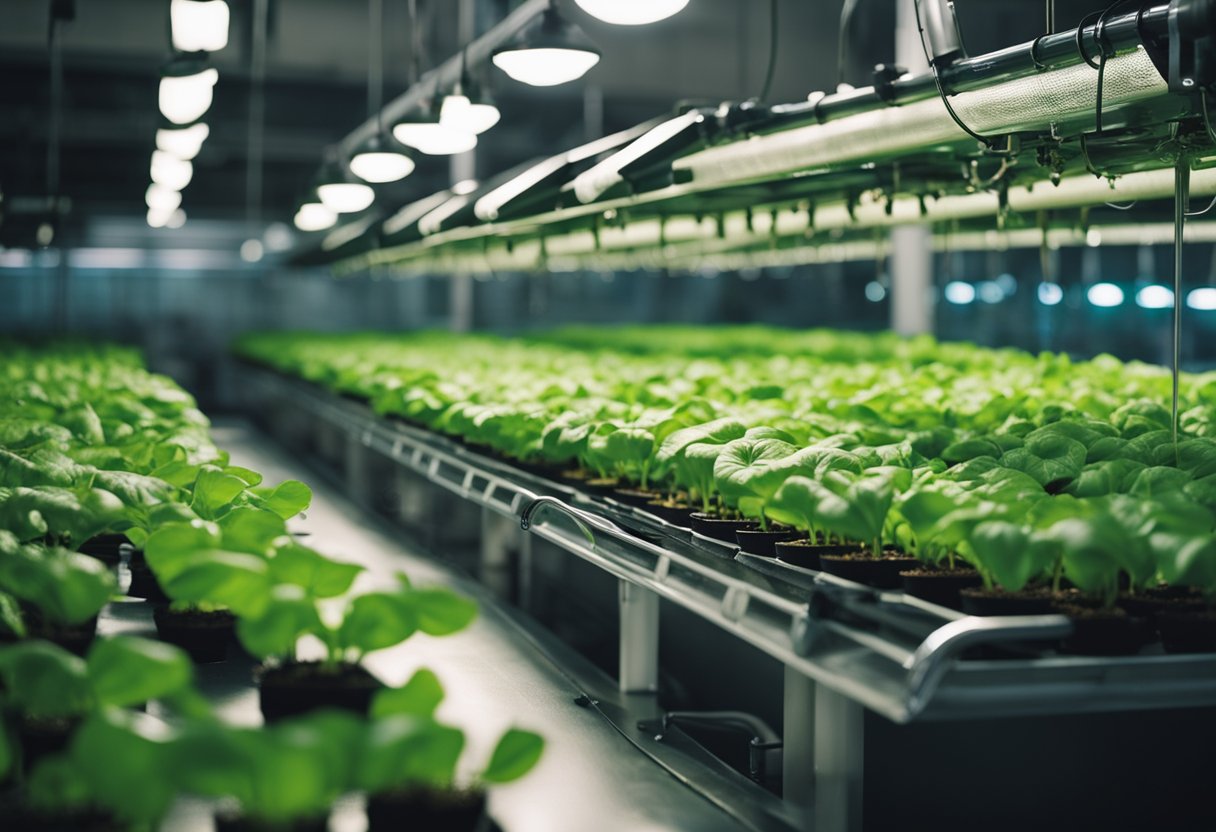
In this article, we'll teach you the ins and outs of how hydroponic plants get their nutrients. This isn't your average feed-me-and-leave-me situation like in traditional gardening; it requires more of a hands-on approach. We'll go over the methods and systems used to make sure those nutrients are delivered effectively. It’s a bit like being a chef, but instead of cooking up a storm, we’re mixing the perfect nutrient cocktail for our plants.
By the end of this article, you'll not only be well-versed in the various hydroponic systems and how they deliver nutrients to plants, but you'll also gain insights into how to manage these systems for optimal plant growth. Whether you're looking to yield more tomatoes than you can eat, or just curious about this soil-less growing craze, we’ve got your back. Gardening has never been so futuristic, and we’re here to guide you through every step.
Key Takeaways
- Hydroponics allows plant cultivation without soil, using a nutrient-rich water solution.
- This method is more water-efficient and can result in faster growth and higher yields.
- We explain the best practices in nutrient delivery to ensure successful hydroponic gardening.
Hydroponic Nutrients
Ever wondered how our green friends thrive without soil in a hydroponic system? It's all about the nutrient solution—our plants' equivalent of a five-star meal. Nutrition is crucial for plant growth and development, and ensuring the right balance is like being a master chef for your plants. Too little or too much can turn our lush garden into a sorry sight!
Let's dive into the menu for our plants. There are essential nutrients that every plant's diet should comprise:
- Primary macronutrients: Nitrogen (N), Phosphorus (P), and Potassium (K)
- Secondary macronutrients: Calcium (Ca), Magnesium (Mg), and Sulphur (S)
- Micronutrients: Iron (Fe), Manganese (Mn), Zinc (Zn), Boron (B), Copper (Cu), and Molybdenum (Mo)
Macronutrients are like the main course—needed in larger quantities. On the plate, nitrogen promotes leafy growth, phosphorus strengthens roots and flowers, and potassium is key for overall health. Our secondary macronutrients back them up with calcium firming up cell walls, magnesium playing its part in photosynthesis, and sulfur chipping in for protein production.
Micronutrients, although required in smaller nibbles, are just as important for a balanced diet. They're a bit like vitamins for us—they keep plants healthy at a cellular level. Iron is important for chlorophyll, while zinc and manganese help with enzyme functions.
Balancing this nutrient diet is crucial. Just as we wouldn't eat only carbs, plants crave a complete nutrient solution in the correct ratios. The electrical conductivity (EC) and pH levels of the solution influence nutrient availability and uptake. Every crop's different—like people, some prefer more nitrogen, others more potassium. A balanced "meal" leads to robust growth, so regular checks are key.
Speaking of recipes, here's a straightforward table to remember the nutrient party:
| Nutrient | Role in Plant Health |
|---|---|
| Nitrogen | Promotes leaf development |
| Phosphorus | Strengthens roots and blooms |
| Potassium | Enhances overall wellness |
| Calcium | Builds strong cell walls |
| Magnesium | Vital for photosynthesis |
| Sulfur | Assists in forming proteins |
Adjusting nutrient solutions is part art, part science. Keep that EC meter and pH test kit handy—we're going for gold in the hydroponics Olympics!
Remember, the best hydroponic nutrients are complete but tailored. A Jack of all trades doesn't fit here; it's about the perfect meal for our specific plant pals.
How Do Hydroponic Plants Get Nutrients?
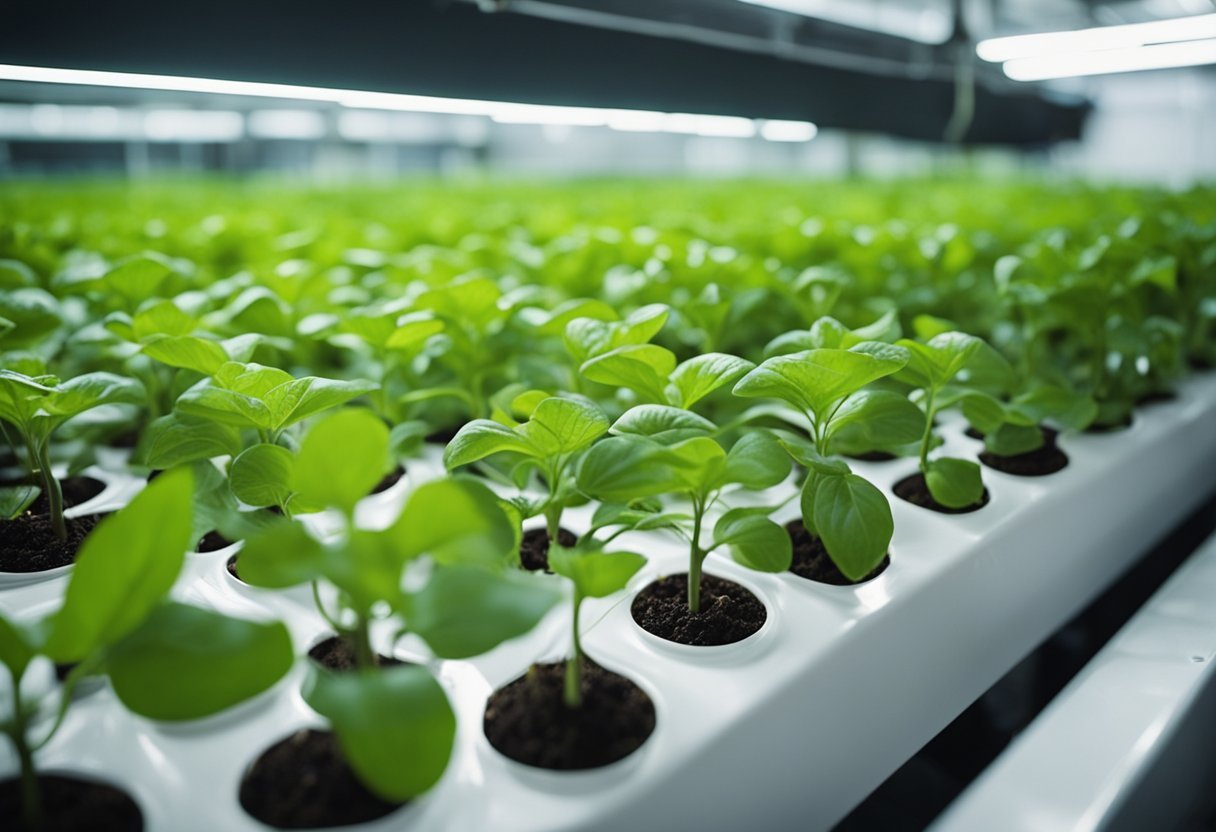
In hydroponics, plants don't have soil to get their nutrients from, so it's up to us to make sure they get everything they need through nutrients available in other forms. Here's a rundown of how we do just that.
Water Solution
In hydroponics, a water solution rich with essential minerals acts as the primary nutrient source. This solution is well-balanced to provide Nitrogen (N) for leaf growth, Phosphorus (P) for roots and flowers, and Potassium (K) for overall health, along with other vital micronutrients.
- Pros: Liquid Nutrients are easily soluble and bioavailable.
- Cons: Requires precise pH and EC monitoring to ensure plants can absorb nutrients.
- Examples: Systems like Nutrient Film Technique (NFT) and Deep Water Culture (DWC) rely on this method.
- Tips: Regularly check water quality and maintain an optimal pH of 5.5 to 6.5 for most plants.
Foliar Spray
Foliar sprays allow us to apply nutrient solutions directly to the plant leaves. This can be particularly useful if there's a specific deficiency, as the leaves can absorb nutrients quickly and directly supply our plants.
- Pros: Fast way to correct deficiencies.
- Cons: Overuse can lead to fungal issues due to wet foliage.
- Examples: Growers using any hydroponic setup can supplement with foliar feeding when necessary.
- Tips: Use foliar sprays sparingly and in the proper light conditions to avoid burn.
Drippers
With drippers, nutrient solutions drip slowly to the root system. This can be a highly efficient way to deliver food to our green friends.
- Pros: Saves water and nutrients by targeting roots directly.
- Cons: Dripper clogs can lead to uneven feeding.
- Examples: Drip irrigation suits a variety of hydroponic setups, including the use of media like ZipGrow Towers.
- Tips: Regularly inspect and clean your drippers to prevent blockages.
Nutrient Dosing Systems
Nutrient dosing systems automatically adjust and deliver the nutrient solution to the plants, based on predetermined parameters.
- Pros: Precise nutrient management and hands-off operation.
- Cons: Initial cost and setup complexity can be high.
- Examples: Freight Farms and other commercial operations often employ dosing systems for large-scale efficiency.
- Tips: Regular calibration is key to ensuring the system operates correctly — remember, plants can't tell us if they're being overfed!
Considerations for Nutrient Delivery
When we manage a hydroponic system, nutrient delivery is vital. We need to ensure that our plants get the right mix of nutrients, at the right times, and in the correct amounts. Do you know why the pH level is like a bouncer at a club for nutrients? It's because pH controls which nutrients get through to the party!
Why pH Matters:
- Optimal pH: For most hydroponic crops, a pH between 5.5 and 6.5 is ideal. It's the sweet spot where nutrients are more available for plant uptake.
- Acidity/Alkalinity: The wrong pH can lock out essential nutrients even if they are present, which can lead to poor plant growth. Think of it like having the keys to a car, but not the right ones to start it.
Tools We Use:
- EC Meters: These measure the Electrical Conductivity of the water, giving us an indication of the total dissolved solids (TDS).
- pH Meters: Our go-to gadget for checking whether the acidity or alkalinity is on point.
- ppm Counters: To measure parts per million and ensure nutrient concentrations aren't too high or too low.
Adjusting Nutrients & pH:
- Check Daily: It's our routine to check pH and nutrient levels every day to catch any changes quickly.
- Pre and Post-Feeding: Always measure before and after nutrient solutions are delivered. It's like checking your pockets before and after you get off a roller coaster.
Nutrient Levels:
- Temperature and Humidity: Keep tabs on these as they affect how plants absorb different nutrients.
- Water Quality: Use clean, pure water to avoid unwanted guests like chlorine which can harm our plants.
- Oxygen: Vital for the roots, just as it's crucial for fish in a tank.
Remember: Nutrient delivery is not just about feeding; it's about creating a balanced environment where our plants can produce that lush, beautiful chlorophyll and thrive through photosynthesis. It's the difference between a "good" and a great harvest!
Plant Needs and Nutrient Requirements
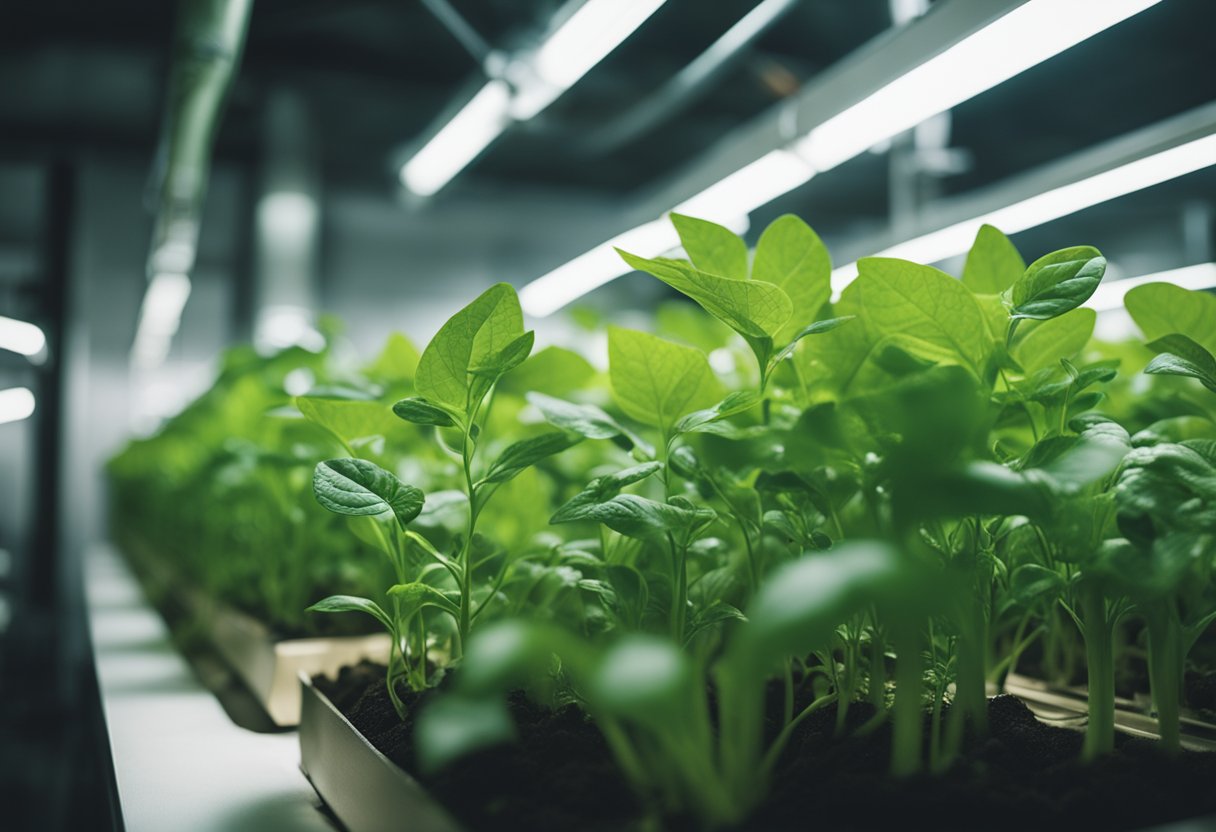
Plants whip up their own food through photosynthesis, using just light, water, and carbon dioxide. It's a bit like having a built-in chef, except way cooler because it involves chlorophyll — that magical green pigment.
But hey, what about hydroponic plants? What's on their menu? We're talking about a balanced diet of necessary nutrients; no soil required! They soak up their nosh from a nutrient solution, tailor-made for plant delight.
Let's break down the menu, shall we?
- Nitrogen (N): It's like the plant version of a protein shake — vital for leafy growth.
- Phosphorus (P): Root development and blooming? That's Phosphorus’ gig.
- Potassium (K): Think of it as a metabolic maestro, crucial for the whole operation.
But it doesn't stop there. We've got trace elements like a pinch of Iron (Fe) and a sprinkle of Calcium (Ca) making sure everything works just right. It's like ensuring they've got their vitamins, to avoid things like stunted growth or deficiencies that can cause all sorts of hiccups.
Imagine nitrogen deficiency; it's the equivalent of our plants running a marathon without proper training — they just can't keep up! And without enough calcium, you might as well forget about strong cell walls.
Ever seen a plant that looks a bit yellow and sad? Could be a magnesium deficiency — vital for chlorophyll, you know.
Now, as our plants hit the flowering stage, their dietary needs can change; they might fancy more phosphorus and potassium. It's all about the nutrient ratio. Too little and they're hangry. Too much? Well, they're not greedy; a surplus can do more harm than good.
We keep a keen eye on nutrient uptake, ensuring every meal is up to snuff for our green pals. Maximising plant nutrition is our game. Remember, each plant has unique needs — just like us, right?
Managing the Hydroponic Environment

Managing a hydroponic system is a bit like being a backstage technician at a theatre show. We check the lights (in this case, temperature and humidity) and make sure the stars of the show (our plants) have everything they need to give a stellar performance.
Temperature: A snuggly range for our hydroponic setup is generally between 18°C to 24°C. Where plants feel just right – not too hot, not too cold.
- Why fuss about it? Think of it as setting the stage temperature for our green friends so they can comfortably absorb nutrients and grow without breaking a sweat (or shivering).
Humidity: Keeping the air’s moisture levels in check can feel like a juggling act. Aim for a relative humidity between 40% to 70%, depending on the growth stage.
- Here's the trick: Too much moisture and our plants might catch a chill (or worse, rot!), while too dry an environment can make them thirsty and stressed.
Carbon and Oxygen: Our aquatic plants don’t have gills, but they still need to breathe. Ensuring they have access to plenty of carbon dioxide during the day and oxygen around the clock is our mission.
- Supplying surplus CO₂ can be like giving them a performance-enhancing boost – but all legal and above board, we promise!
But here’s the trick, folks – control. We don’t let nature call the shots; we’re the directors of this production. Key elements we manage:
- Light
- Nutrient levels
- Water quality
Remember, prevention is better than cure, so we always keep an eagle eye on our system looking for any signs that the equilibrium is off.
Specific Crops and Nutrient Requirements
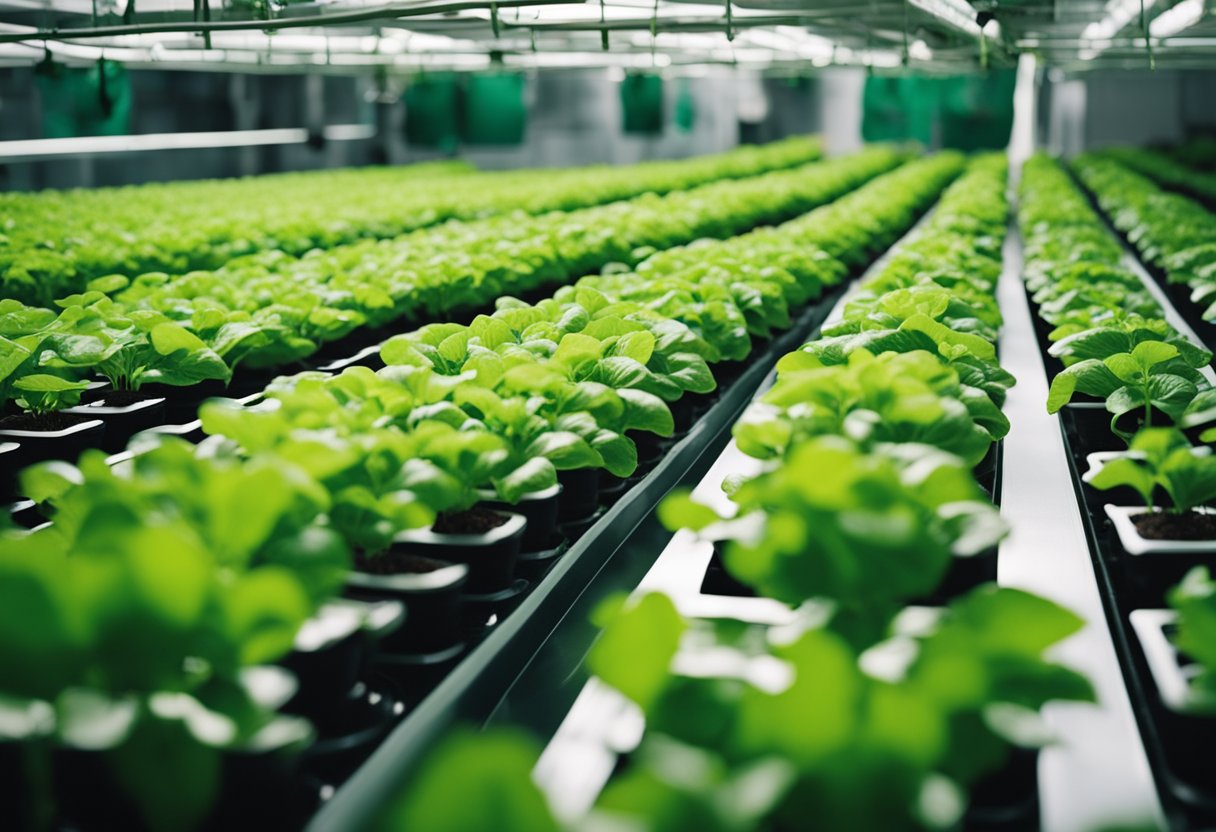
Let's talk about how specific crops get just what they need, nutrient-wise. Lettuce and other leafy greens often have a tailored N-P-K ratio (that's nitrogen, phosphorus, and potassium, our plant pals' equivalent to a hearty breakfast, lunch, and dinner). For these greens, we might use a ratio of 10-5-14. This ensures they've got plenty of nitrogen for leaf development, which is just what they crave.
Now, if we're nurturing tomatoes or peppers in our hydroponic system, they're quite the demanding duo! They like a hearty meal, with increased potassium and phosphorus as they flower and fruit. We cater to their needs with a different N-P-K balance, perhaps something along the lines of 8-16-24 to really give them a boost for that delicious produce.
And how do we deliver these nutrients? Directly to their roots in a perfectly blended nutrient solution! No hunting in the soil for these nutrients – it's like a personalised food delivery service for our plants.
-
Nutrient Management: Regular checks are a must. Keeping the pH levels between 5.5 and 6.5 helps with nutrient uptake, much like how we digest food better with proper stomach acidity.
-
Nutrient Delivery: The method varies, with systems like NFT (Nutrient Film Technique) or drip systems being popular choices for different crops because of how they oxygenate roots and allow easy access to nutrients.
Remember, while the approach may change, what matters is giving our plants exactly what they need when they need it. That's the key to a bountiful, nutritious harvest!
Tips for Higher Yields and Quality
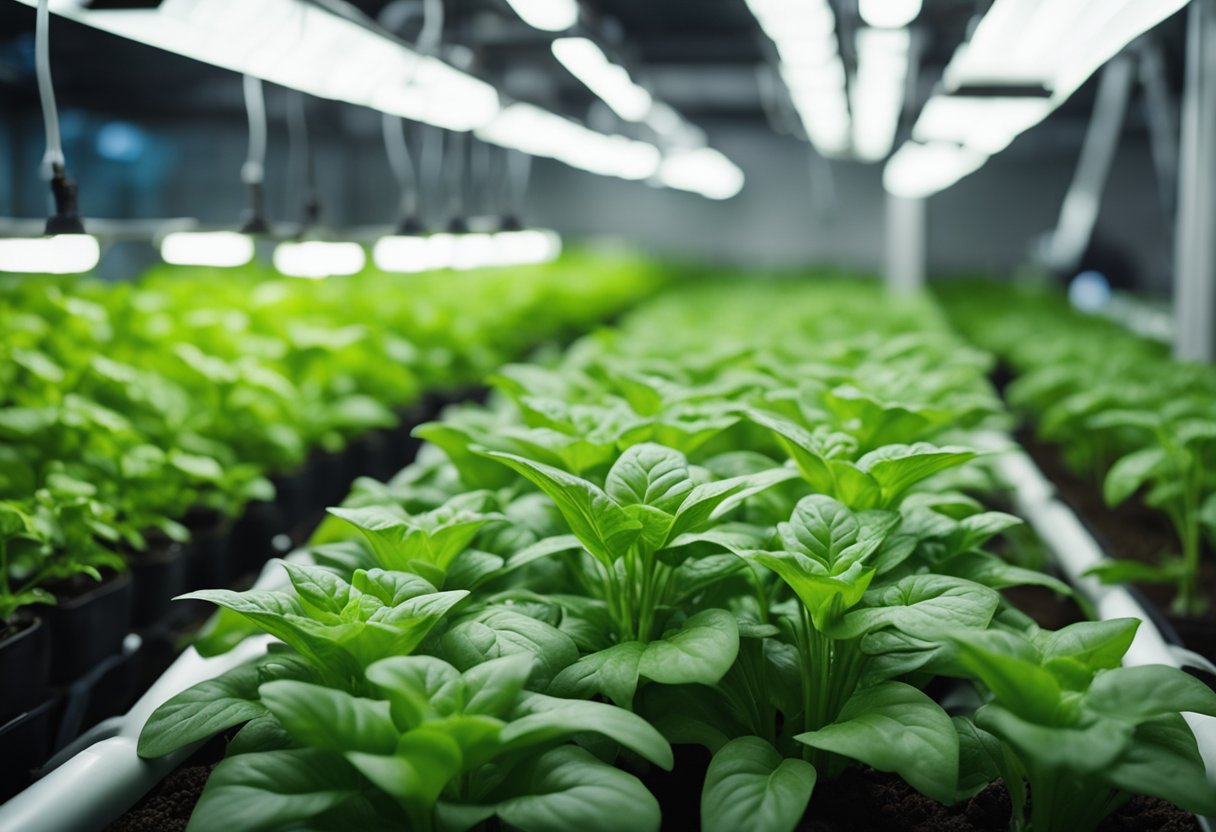
Ever wondered how we can give our hydroponic pals the best chance to flourish? We're all after better quality and higher yields, whether it's luscious lettuce or fabulous flowers. Well, folks, it's all about those nutrients!
First off, the right mix of hydroponic nutrients is like a Michelin star meal for your plants. We're talking a complete diet that's the ticket to top-notch growth. Here's a cheeky checklist to keep you on track:
- Check pH Levels: Keep it sweet, ideally between 5.5 and 6.5, to make sure plants absorb all that nourishing goodness.
- Temperature Control: Keep water between 18-21°C.
- Light It Up: High-quality LED lights mimic the sun’s embrace, giving your plants the energy to grow strong and bloom beautifully.
- Nutrient Cycling: Refresh that nutrient solution regularly to keep it fresh and full of life.
And let's not forget spacing. Crowd your plants and they'll compete for light like siblings for the last biscuit. Give them some elbow room, and they'll reward you with an abundant harvest.
Remember, in general hydroponics, it's not just what you feed them, but how you feed them. Dial in your system and fine-tune those variables.
So, let's nurture our green friends with the best hydroponic nutrients and watch them thrive.
Conclusion
In this journey, we've discovered that hydroponic plants absorb essential nutrients directly from mineral-enriched water, sidestepping the need for soil. Our roots dangle in this nutrient-rich solution, soaking up everything needed to thrive. We've learned that every plant requires vital nutrients for growth and reproduction.
Perhaps most exciting is realising the control we gain over plant nutrition in hydroponics. By tailoring the nutrient mix, we see healthier plants and remarkable yield improvements. Hydroponic nutrient management isn't just beneficial; it's transformative for our plants.
Here's what we've covered:
- Primary Nutrients: Nitrogen (N), Phosphorus (P), and Potassium (K)
- Secondary Nutrients: Calcium (Ca), Magnesium (Mg), and Sulphur (S)
- Key Micronutrients: Iron (Fe), Manganese (Mn), and others
We've looked at the role of carbon, hydrogen, and oxygen, usually accessed from air and water. And remember, our nutrients come not from soil, as traditional agriculture would have it, but from a meticulously balanced hydroponic solution.
What's the benefit to us? It's all about improving the well-being of our plants, enhancing overall quality, and boosting yields. A sound hydroponics nutrient strategy signals fewer deficiencies, better growth, and a bountiful harvest.
Table 1: Essential Plant Nutrients
| Nutrient | Role in Plant Growth | Source in Hydroponics |
|---|---|---|
| Nitrogen | Leaf development | Nutrient solution |
| Phosphorus | Root and flower growth | Nutrient solution |
| Potassium | Disease resistance, water flow | Nutrient solution |
| Calcium | Cell wall structure | Nutrient solution |
| Magnesium | Chlorophyll production | Nutrient solution |
| Sulphur | Amino acid and protein synthesis | Nutrient solution |
As enthusiasts, we must commit to staying informed about our hydroponic systems to ensure the plants' prosperity. It's clear that with knowledge and care, we can anticipate not just growth, but a flourishing ecosystem that rewards us with its bounty.







 Store Locator
Store Locator
